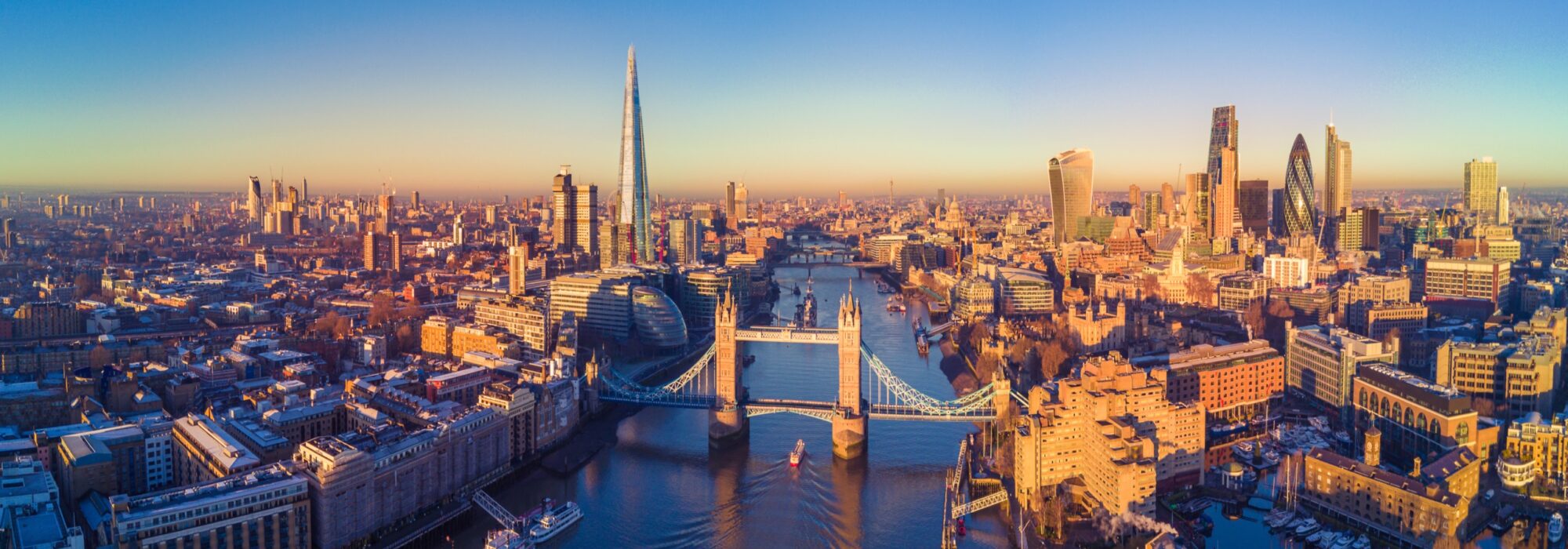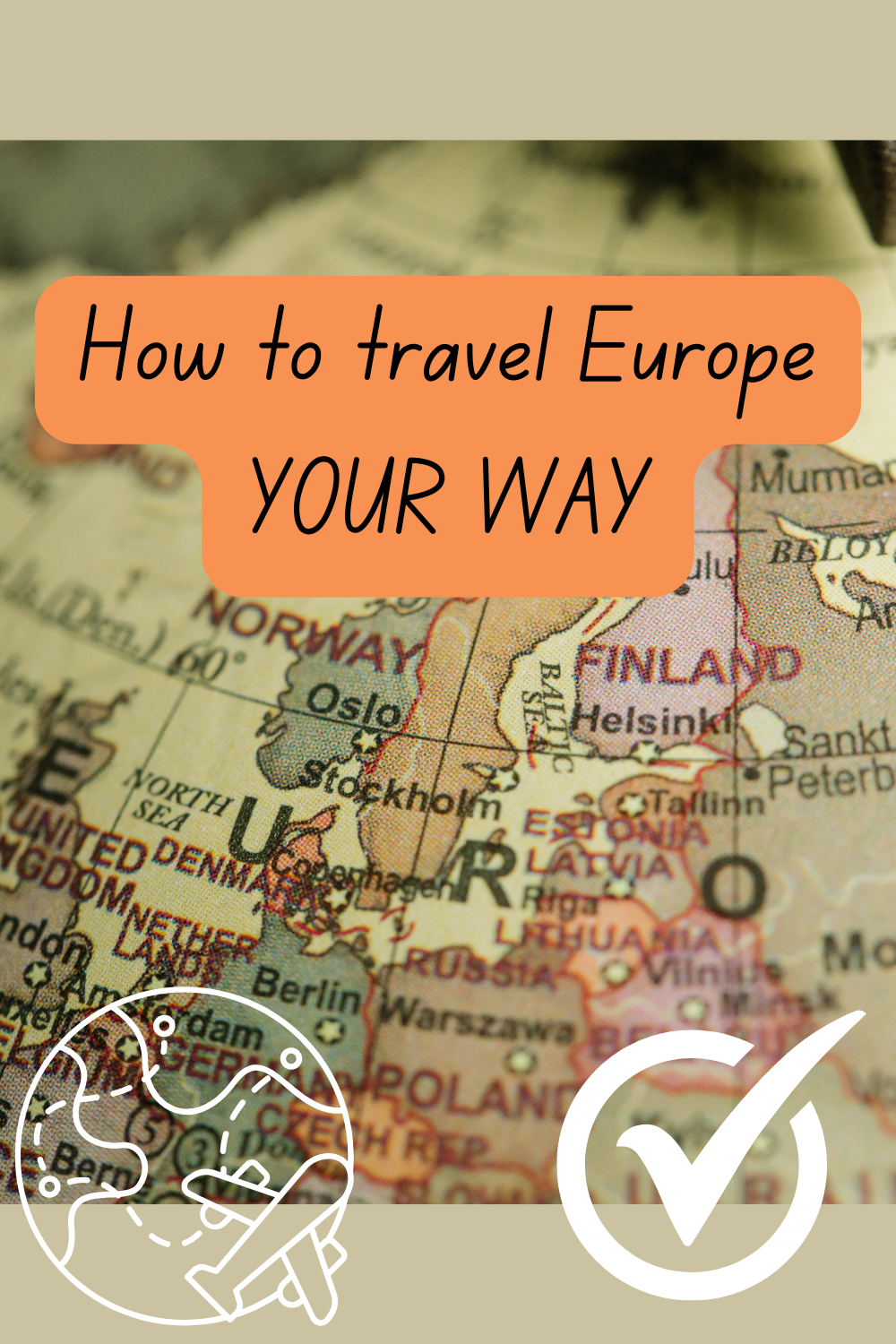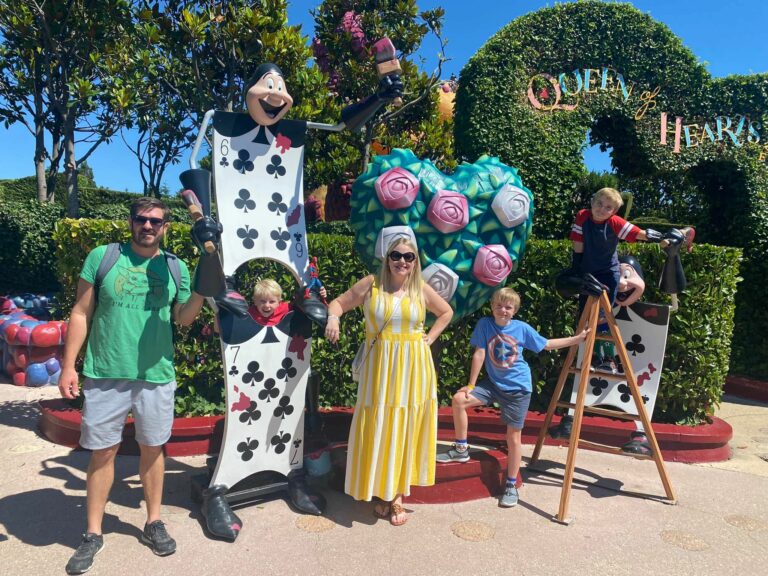
If you're visiting London, England, for the first time, you may arrive expecting a European city that overflows with pomp and pageantry. Few visitors to London will fail to be impressed by the grandeur and craftsmanship of such monumental sights as Westminster Abbey or St. Paul's Cathedral, but that's just the historical foundation of today's modern, vibrant city.
Cosmopolitan London has every visitor attraction from Bengali markets to designer boutiques to world-class art exhibitions to hand-written Beatles lyrics at the British Library. London offers the best of British food, fashion and cultural pursuits, but its multicultural population gives it an international flair, as well. London has a lively mix of languages, dress, festivals and bustling street life.
As for sightseeing, visitors to London can admire orchids at Kew Gardens, gaze on the crown jewels at the Tower of London, learn about millennia of history at the British Museum and witness spectacular views of the city from the London Eye Ferris wheel—all in a day. An interest in the arts or royalty may be what draws you to the capital of England, but you don't have to be an avid theatergoer or a history buff to enjoy yourself thoroughly.
Sporting and cultural events take place across the capital, showing off this festive city at its best. London is a place you will want to visit again and again, and each time you visit, the city will have something new to offer.
Must See or Do
Sights—Westminster Abbey; St. Paul's Cathedral; the Tower of London and Tower Bridge; Shakespeare's Globe Theatre; the view from the London Eye.
Museums—The Victoria and Albert Museum, especially its British Galleries; works by Turner at the Tate Britain; antiquities at the British Museum; art collected by the first Duke of Wellington at Apsley House; the Tate Modern; Impressionist paintings at the National Gallery and the Fragonards at The Wallace Collection.
Memorable Meals—Eclectic and delicious vegetarian fare at The Gate; pub lunch at the Salisbury in the West End's theater district; afternoon tea at the English Tea Room at Brown's Hotel; dim sum at Hakkasan; fabulous French cuisine amid quirky decor at Les Trois Garcons; all-day dining at The Wolseley; Indian cuisine at Tamarind.
Late Night—Jazz at Ronnie Scott's; dancing at Fabric; a performance in the West End; cabaret and cocktails at Circus.
Walks—Through Hyde Park or St. James' Park; along the Jubilee Walkway from Lambeth Bridge to Tower Bridge; any Original London walking tour; exploring the grounds at Kew Gardens; up Primrose Hill for a panoramic view of London.
Especially for Kids—Simulators at the London Transport Museum; the ZSL London Zoo; the giant, animatronic T. Rex at the Natural History Museum; the Science Museum; Warner Brothers Studios Harry Potter Tour.
Geography
London sprawls along both banks of the River Thames. Orientation is by boroughs (Westminster and the City are the central boroughs) or by areas, such as Piccadilly Circus and Covent Garden. Locals use postal districts, or "postcodes" (Mayfair, Oxford Street and Park Lane, for instance, are in W1—that is, West 1; Bloomsbury and part of the City are in WC2, or West Central 2; Central Kensington falls within W8; South Kensington and Knightsbridge are in SW7). Postcodes are also becoming the quickest way of finding places, as they can be put into smartphone maps and online journey planners.
Central London can be divided into the West End (theaters, shops, restaurants, entertainment); the City (businesses, law courts, ancient buildings and ultramodern architecture); and Westminster (government offices, famous landmarks such as Big Ben). Across the river is the South Bank, with its arts venues and concert halls. Slightly beyond the reaches of central London, some of the districts that have experienced regeneration include Notting Hill, W11 (on the fringes of the West End); Greenwich, SE10 (south of the river); Hoxton and Shoreditch in N1 and EC2; Eastside, E1 (just north and east of Liverpool Street railway terminus); and the Olympic Park area called Stratford City (with the new postcode E20).
History
Although there is some evidence of Celtic settlements along the Thames, London's first known permanent settlers were the Romans, who established a stronghold there in AD 43. The city walls (parts of which can be seen today) were built after Londinium was burned to the ground by the Iceni tribe in AD 60. Viking and Saxon invaders were next to put down roots. And it was the Viking warrior Canute who first declared London the capital of England in 1016, a position it has held ever since.
The London we know today began to take shape in the 11th century, when Edward the Confessor commissioned the original building of Westminster Abbey. Shortly after its completion, William the Conqueror launched the Norman invasion in 1066 and seized the English throne. His fortress formed the core of the Tower of London. In the 1300s, bubonic plague, called the "Black Death," wiped out about half the city's inhabitants, reducing its population to around 50,000. Under Tudor rule in the 16th century, however, London tripled in size.
Also during that time, the English church separated from Rome, and religious persecution was rampant. That century also ushered in one of London's greatest artistic periods: The reign of Elizabeth I was the age of Shakespeare and other artists whose work is still admired today. In 1666, the Great Fire destroyed much of inner London (a happier consequence is that it also put an end to the worst plague outbreak, the Great Plague of 1665). The ambitious rebuilding process, spearheaded by architect Christopher Wren, destroyed virtually all that remained of medieval London.
During the Industrial Revolution of the 19th century, London continued to grow and prosper under the reign of Queen Victoria. But just as the rich were getting richer, social divisions were becoming wider, with slums dramatically on the increase.
World War II brought devastation to London again—mainly during 57 consecutive days of bombing in 1940 (a period known as the Blitz). After the war, mass immigration from Britain's former colonies signaled the beginning of the multiculturalism seen throughout the city today. The 1960s were modern London's golden age, with much of the world seeking to emulate its swinging rhythm and freewheeling fashions and design. After a subsequent boom-and-bust period, there is now an unmistakable self-confidence in London, which prevails despite the world's current economic woes.
In honor of the millennium, a number of new landmarks were built, including the Millennium Bridge, a pedestrian-only route across the Thames, which leads to the Tate Modern art gallery, the huge Ferris wheel known as the London Eye, and the O2 Arena. More construction coincided with the city's hosting of the 2012 Olympic Games. With new hotels, galleries, stadiums and museums, the city is as vibrant as it has ever been.
Potpourri
Contrary to reputation, London's annual rainfall is less than that of New York, Sydney or Tokyo. However, London's problem is not total rainfall but the high number of days on which there is some rainfall.
In 2012, London became the only city to host the modern Olympic Games for the third time. It also staged the summer Olympic Games in 1908 and 1948.
Aldwych Tube Station makes frequent appearances in TV shows such as Sherlock and Mr Selfridge. It also sheltered people from the Blitz during World War II.
There was once a Tube station on the Central line between Tottenham Court Road and Holborn. The station is still there, but trains don't stop. Keep your eyes open and you may glimpse the ghostly platforms.
London's Queen Elizabeth Olympic Park is the site of the largest-ever planting project in the U.K., with more than 4,000 trees, 74,000 dry-land plants, 60,000 bulbs and 350,000 wetlands plants.
Cleopatra's Needle, on the Victoria Embankment near the Golden Jubilee Bridges, is one of a trio of Egyptian obelisks from the Egyptian city of Heliopolis that were made around 1450 BC. The others are in Paris and New York. None of them has any connection with Cleopatra.
The winter of 1683-84 saw one of the most famous of London's "frost fairs." From December to February, the Thames was completely frozen, and the town responded with an ongoing midwinter party in the middle of the river. At one point, a whole ox was roasted on the ice. Virginia Woolf writes about the fairs in her novel Orlando, published in 1928.
Location
The main international cruises dock at the London Cruise Terminal, a small 1930s complex located on the River Thames at Tilbury Docks, 25 mi/40 km downriver from the city center. It provides mooring for all full-size cruise ships. Facilities at the terminal are limited. The immediate surroundings are heavily industrialized with no local attractions, so access is by coach to and from central London (the trip takes about an hour). Independent travelers may make a 1-hour train journey into London from Tilbury Town station, which is reached on a free shuttle bus from the cruise terminal.
Some small luxury ships may moor at Greenwich Ship Tier floating cruise terminal at Greenwich, in east London, while Tower Bridge Upper cruise mooring accommodates still smaller cruise ships in the heart of London beside Tower Bridge. Small ships can also moor at West India Dock, alongside the modern business quarter Canary Wharf, on the eastern edge of the City,
Shore Excursions
London is mainly a starting point for cruises rather than a port of call. Most cruise passengers visiting London on a shore excursion dock at Dover (78 mi/126 from London) or Southampton (80 mi/129 km).
All cruises docking at London offer tours of the city as a shore excursion, usually including the option to visit pubs or restaurants and take in a popular show at a West End theater.
This region of south-central Ontario, located midway between Toronto and Windsor, took great joy in modeling itself after England: London has its own Thames River, and nearby Stratford, namesake of Shakespeare's hometown of Stratford-upon-Avon, has its own internationally acclaimed theater festival and its own Avon River.
Originally an agricultural community, several of the attractions in London focus on local history: Fanshawe Pioneer Village is a re-creation of a town from the 1800s that presents crafts demonstrations. Iroquoian life around the year 1000 is the focus of the Ska-Nah-Doht Iroquoian Village.
Eldon House, built in 1834, is the city's oldest building, and you can also visit many fine Victorian residences in town. You'll also find an abundance of outdoor markets and just a few minutes outside the city, you'll see why it's still considered agriculturally based.
Stratford, located 35 mi/55 km northwest of London, is famous for the Stratford Festival, one of the best Shakespearean performance series anywhere. Each season (April-November), several of the bard's works are performed in Stratford's three theaters, and they're supplemented by non-Shakespearean plays that range from Greek tragedies to contemporary dramas. In addition to the performances themselves, you can tour the festival's costume shops and backstage areas, attend discussions with actors in some of the plays, see live concert recitals and listen to readings by famous authors.
While in town, take time to enjoy the tranquil park that stretches alongside the Avon River—picnicking before the show is a Stratford tradition. Stratford boasts a surprising assortment of upscale dining options; many establishments offer a picnic option as well. Take a ride on a double-decker bus or a paddleboat cruise along the Thames. Stratford is also the hometown of singer and teenage heartthrob Justin Bieber.



































